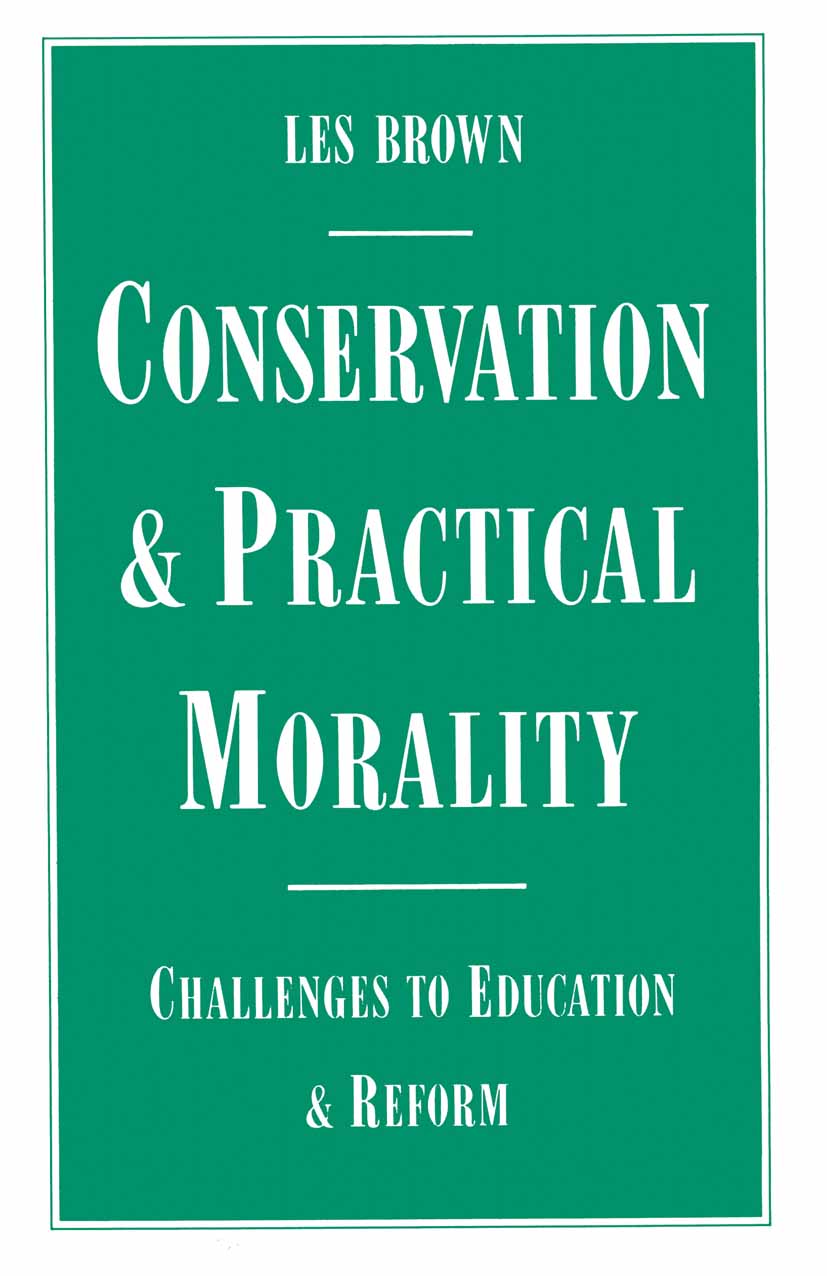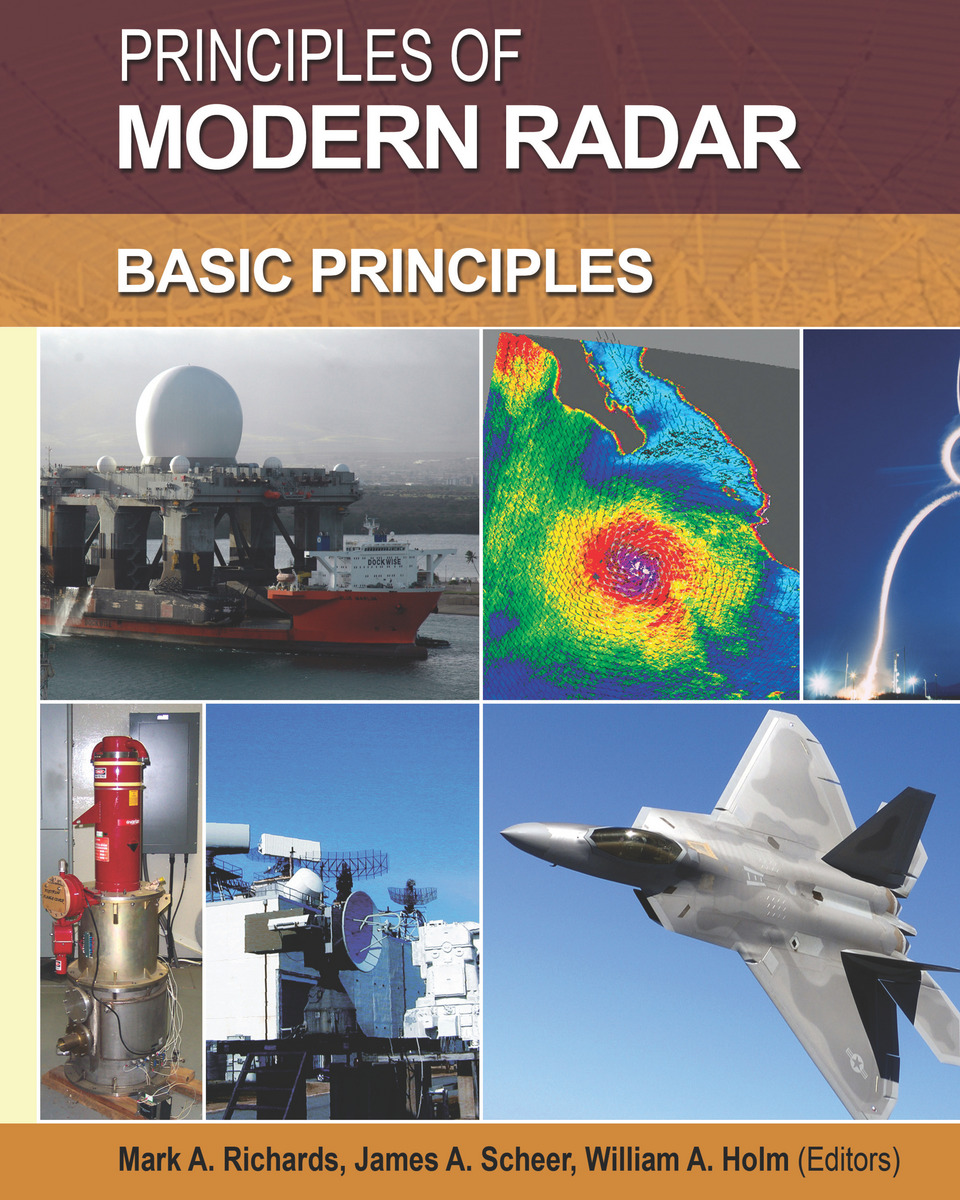High-Conformal Gearing
by Stephen Radzevich
2020-07-23 00:28:20
The new edition of High-Conformal Gearing continues to address the kinematics and the geometry of conformal (Novikov) gearing and high-conformal gearing. The book deals with gears that feature convex-to-concave contact of the tooth flanks of a gear a...
Read more
The new edition of High-Conformal Gearing continues to address the kinematics and the geometry of conformal (Novikov) gearing and high-conformal gearing. The book deals with gears that feature convex-to-concave contact of the tooth flanks of a gear and a mating pinion. Gears of this type are commonly referred to as conformal gearings. Novikov gearing is the most widely known example of conformal gearing. The helical gearing by Wildhaber, Bramley-Moore (otherwise known as the Vivkers, Bostock, and Bramley gearing, or just V.B.B.-gearing), are well-known designs of gearing that are loosely referred to as conformal gearing. The principal differences between conformal gearing as well as high-conformal gearing and Wildhaber helical gearing are outlined. It also shows that Wildhaber helical gearing from one side, and Novikov gearing from another side, are two completely different gear systems that cannot be combined into a common gear system. This book aids mechanical, automotive, and robotics engineers specializing in gear design with successfully transmitting a rotation. It also serves as a resource for graduate students taking advanced courses in gear design. Discusses the kinematics and geometry of conformal and high-conformal gearing Provides a specific set of conditions which need to be met when designing conformal and high-conformal gears Outlines the principal differences between conformal, high-conformal and Wildhaber helical gearing
Less







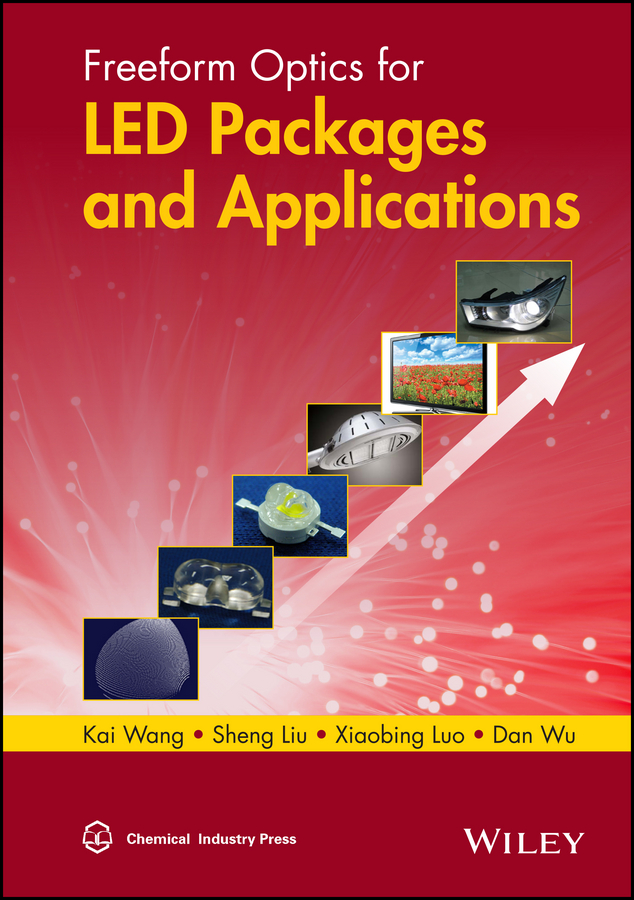
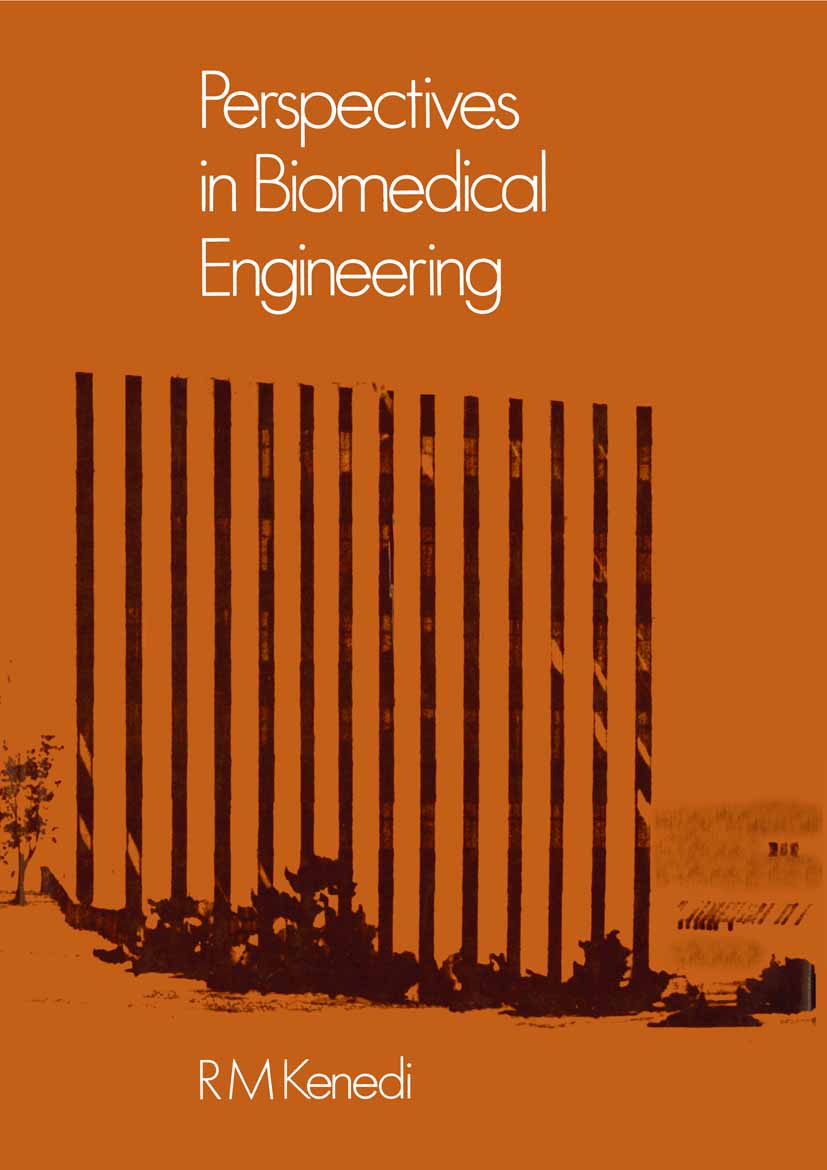
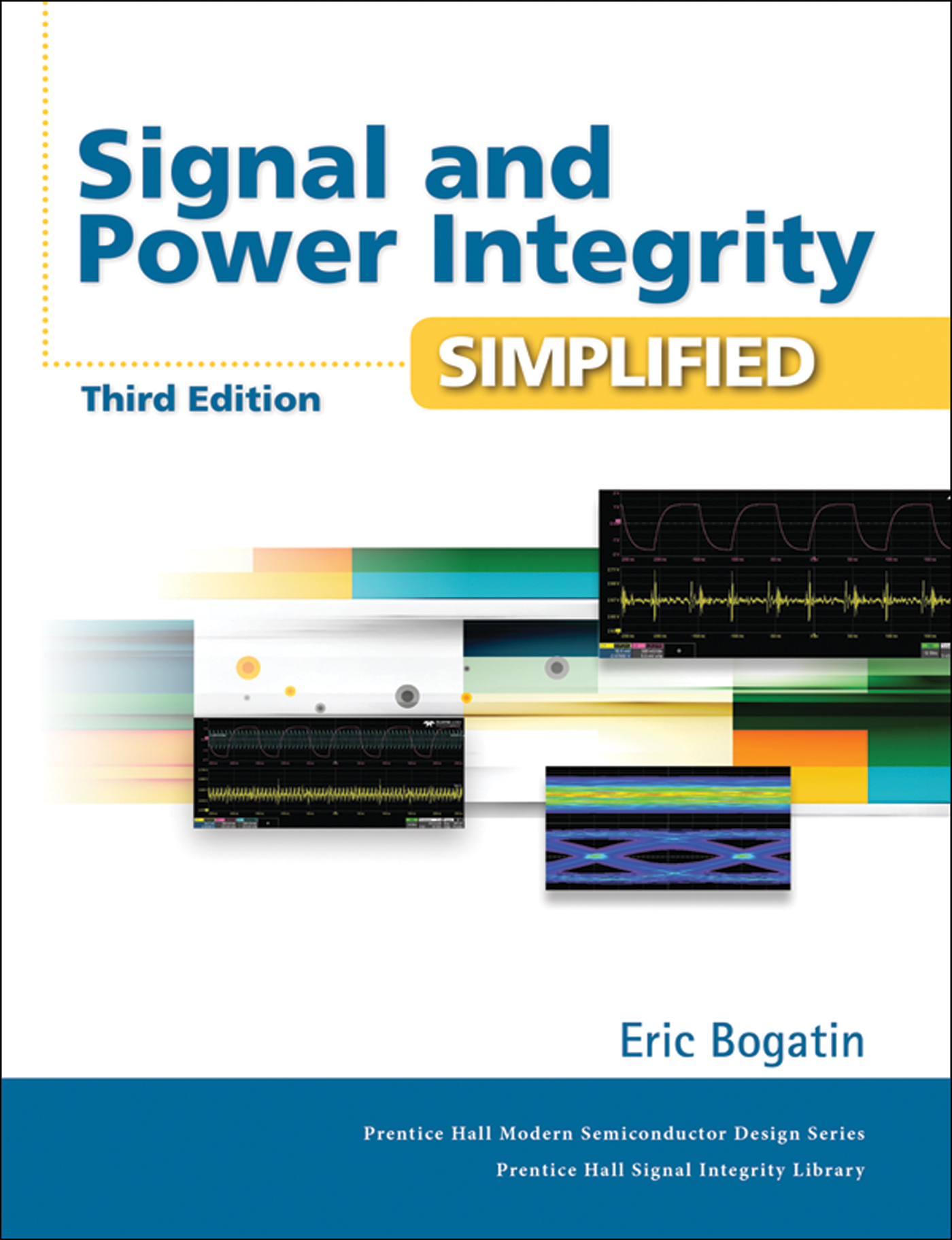
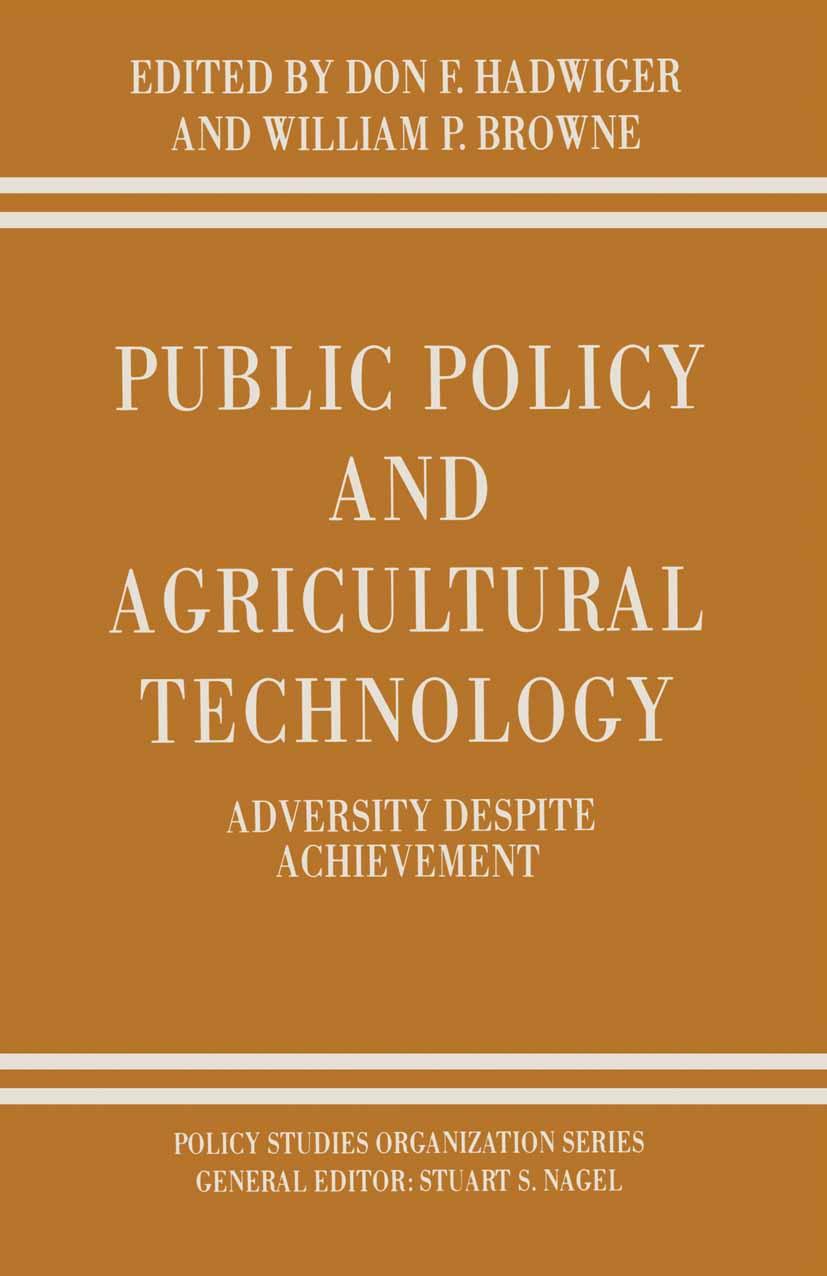

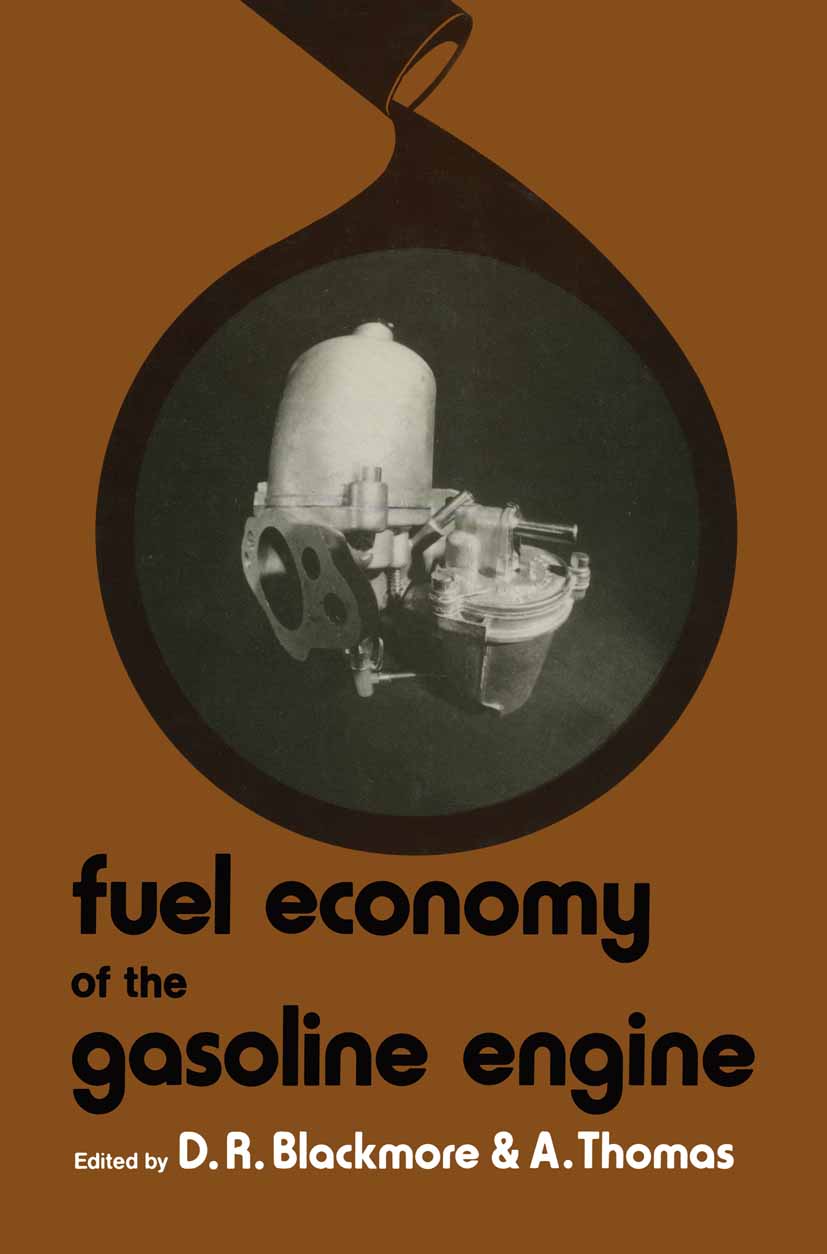

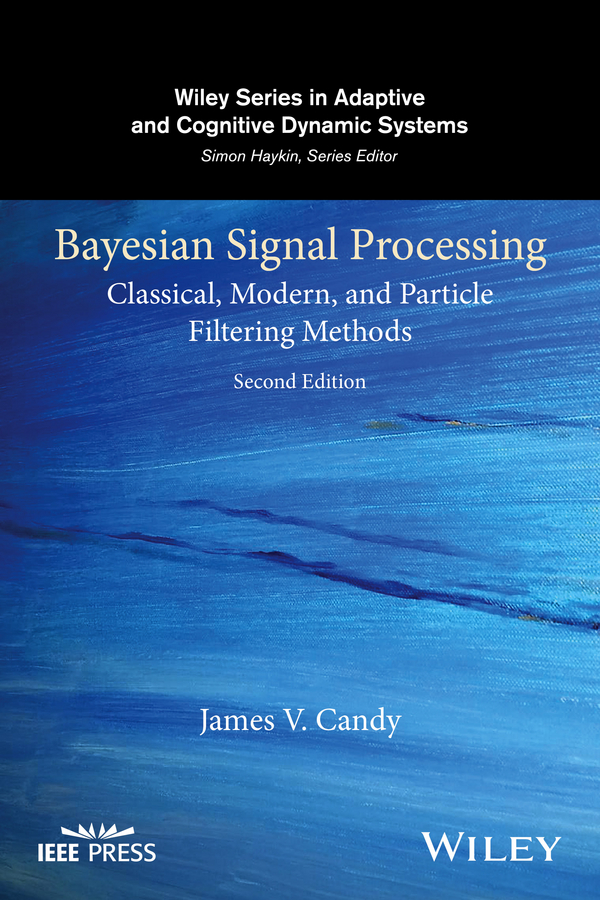

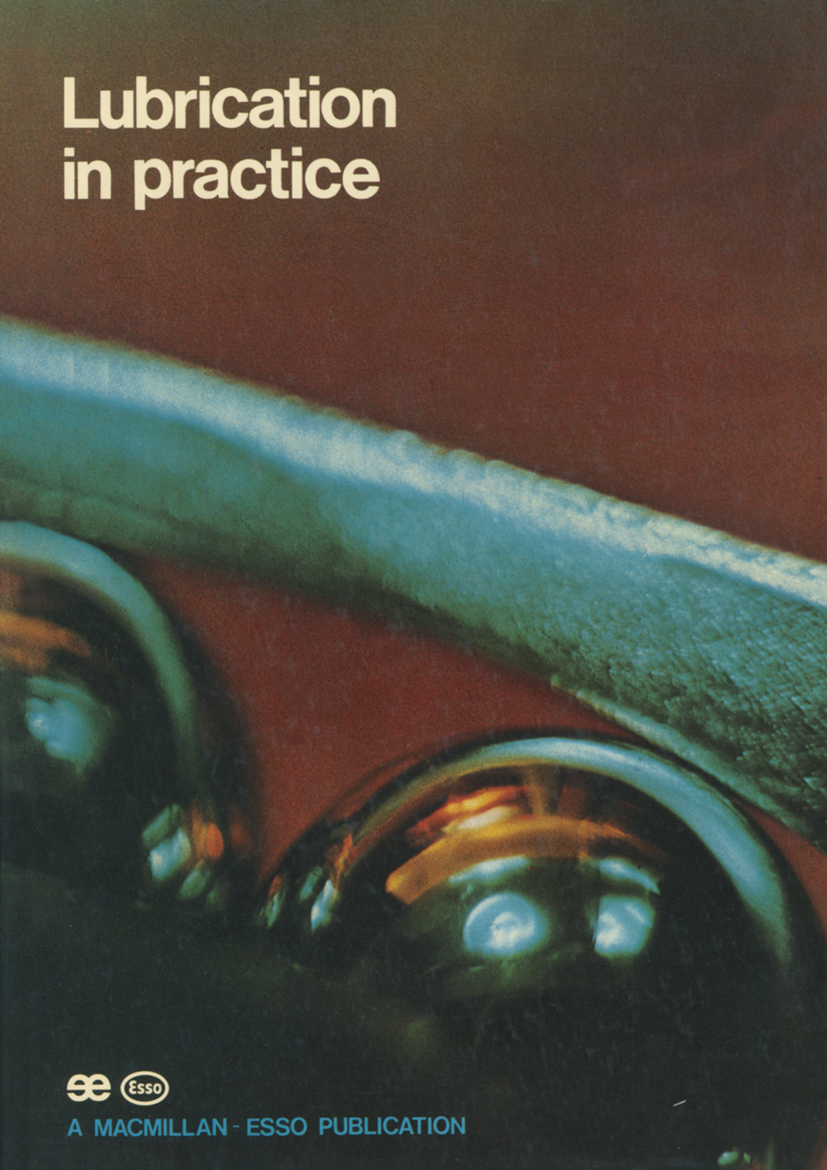



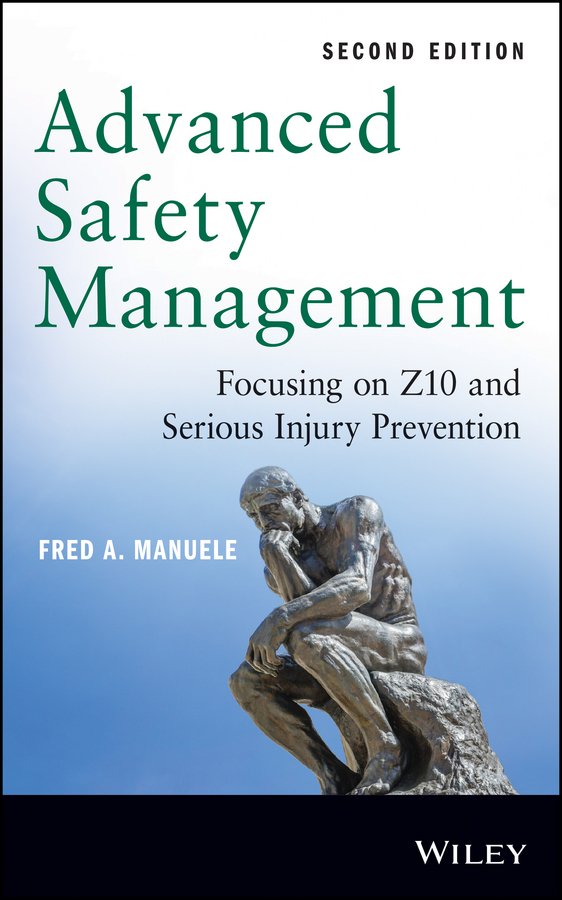

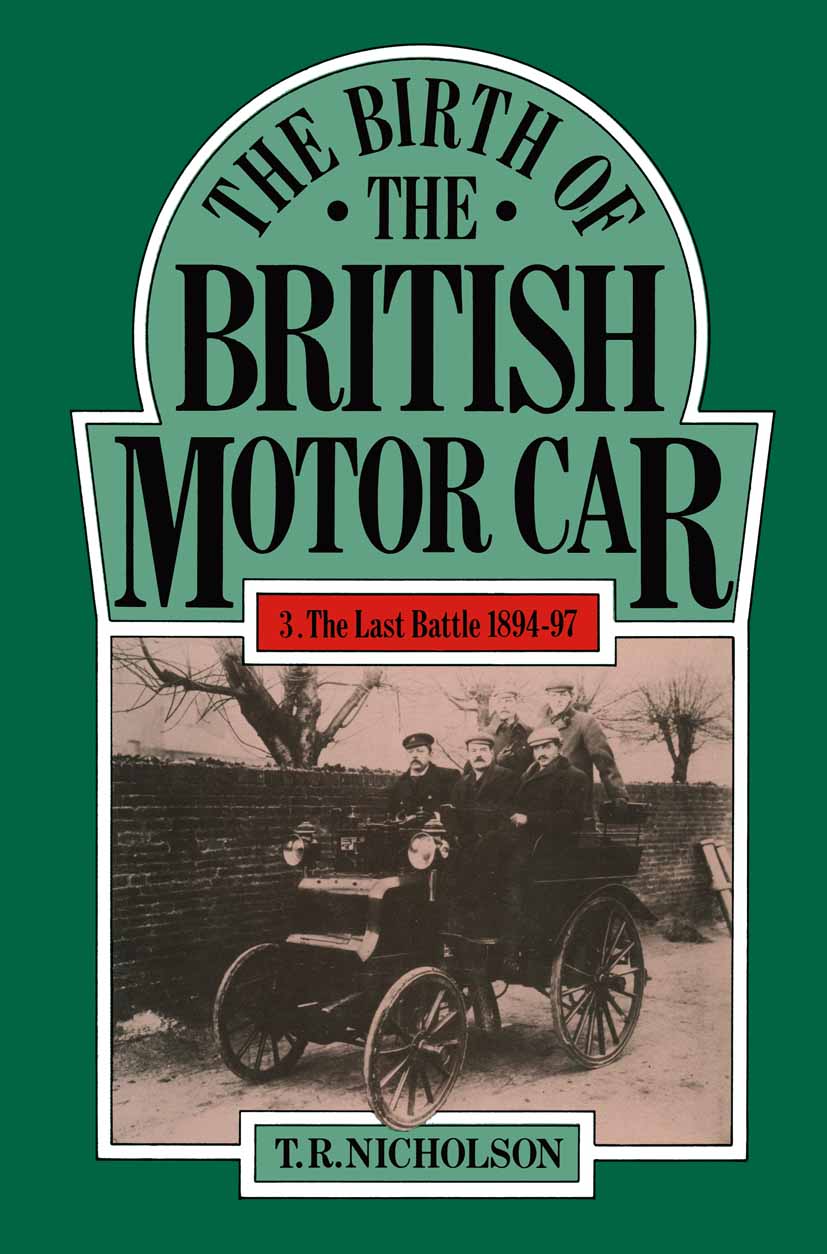

.jpg)
